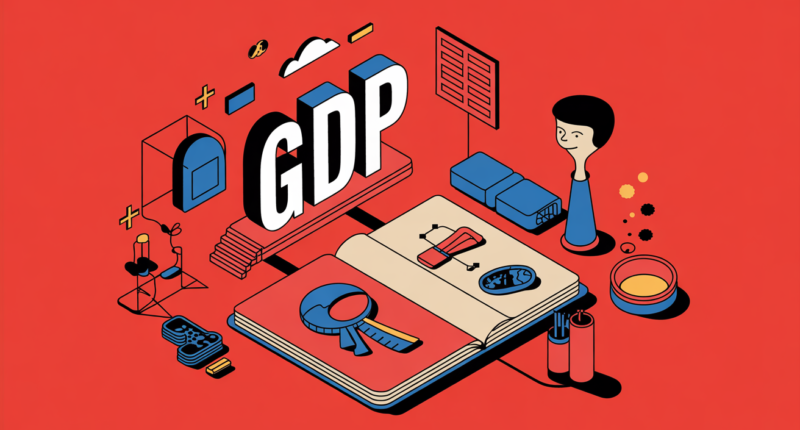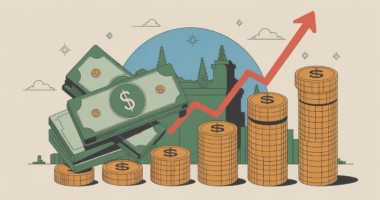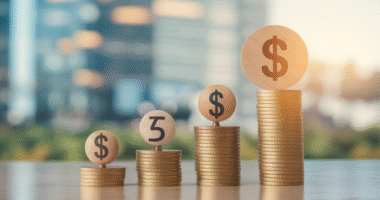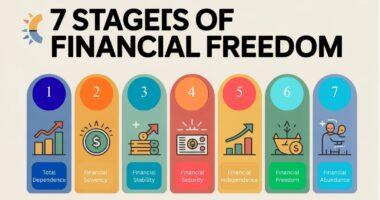What is GDP?
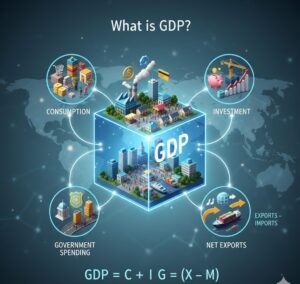
GDP stands for Gross Domestic Product. In simple terms, it is the total value of everything a country produces in a year. In other words, GDP shows how much is produced, how much is spent, and how much is earned in the economy over a period. Think of GDP as a big scorecard for the economy. For example, it counts cars, bread, haircuts, and new school buildings made in the country. It includes all final goods and services produced within a country. In fact, governments calculate GDP each quarter or year to check if the economy is growing or shrinking. Only new production counts: selling a used car or trading stocks does not add to GDP.
How GDP is Measured
To find GDP, we add up spending in four areas:
-
Consumer spending: purchases by people (food, clothes, haircuts).
-
Investment: spending by businesses on factories, equipment, or homes.
-
Government spending: public services and projects (schools, roads, defense).
-
Net exports: exports minus imports (goods sold abroad minus goods bought from other countries)federalreserveeducation.org.
Putting these parts together gives the economy’s total output for the year.
Why GDP Matters
GDP is like a thermometer for the economy. When GDP grows, it usually means more jobs and higher incomes for people. For example, one source notes that when GDP grows, “workers and businesses are generally better off”. On the other hand, falling GDP can signal trouble, such as fewer jobs or slower business. People, businesses, and policymakers watch GDP to see if the economy is improving. In fact, GDP is the world’s most closely watched economic indicatorblog.ons.gov.uk, and it is often used for international comparisons. People also use GDP per person (GDP per capita) as a rough measure of average income.
What GDP Doesn’t Show
However, GDP has blind spots. It only counts goods and services that are bought and sold. It does not measure how wealth is shared or how happy or healthy people are. A country can have a high GDP but still have lots of poverty, crime, or pollution. GDP also ignores unpaid work and hidden activities. For example, volunteer work and home chores are not countedimf.org. It also ignores the cost of things like pollution or resource depletion from making products. In other words, GDP may rise even if overall quality of life is falling.
Overall, GDP gives a useful snapshot of an economy’s size and growth. It adds up the total value of production inside a country each year. This makes it easy to compare economies and track growth over time. However, GDP does not capture everything that matters. It tells us how much we produce and spend, but not how we live or how evenly money is shared. It also leaves out factors like health, education, and the environment. In short, GDP is a key economic metric, but it should be considered alongside other measures of well-being.
